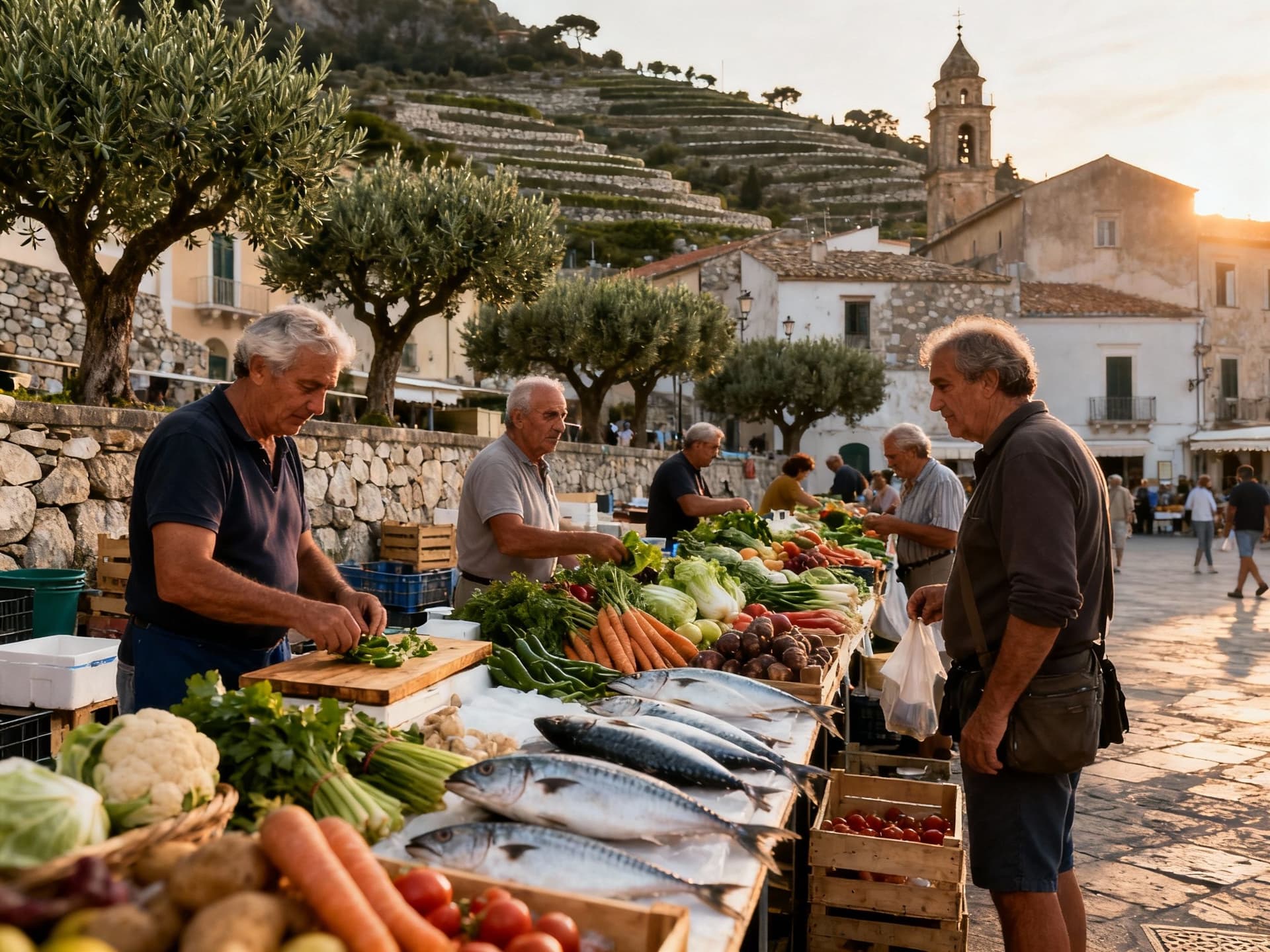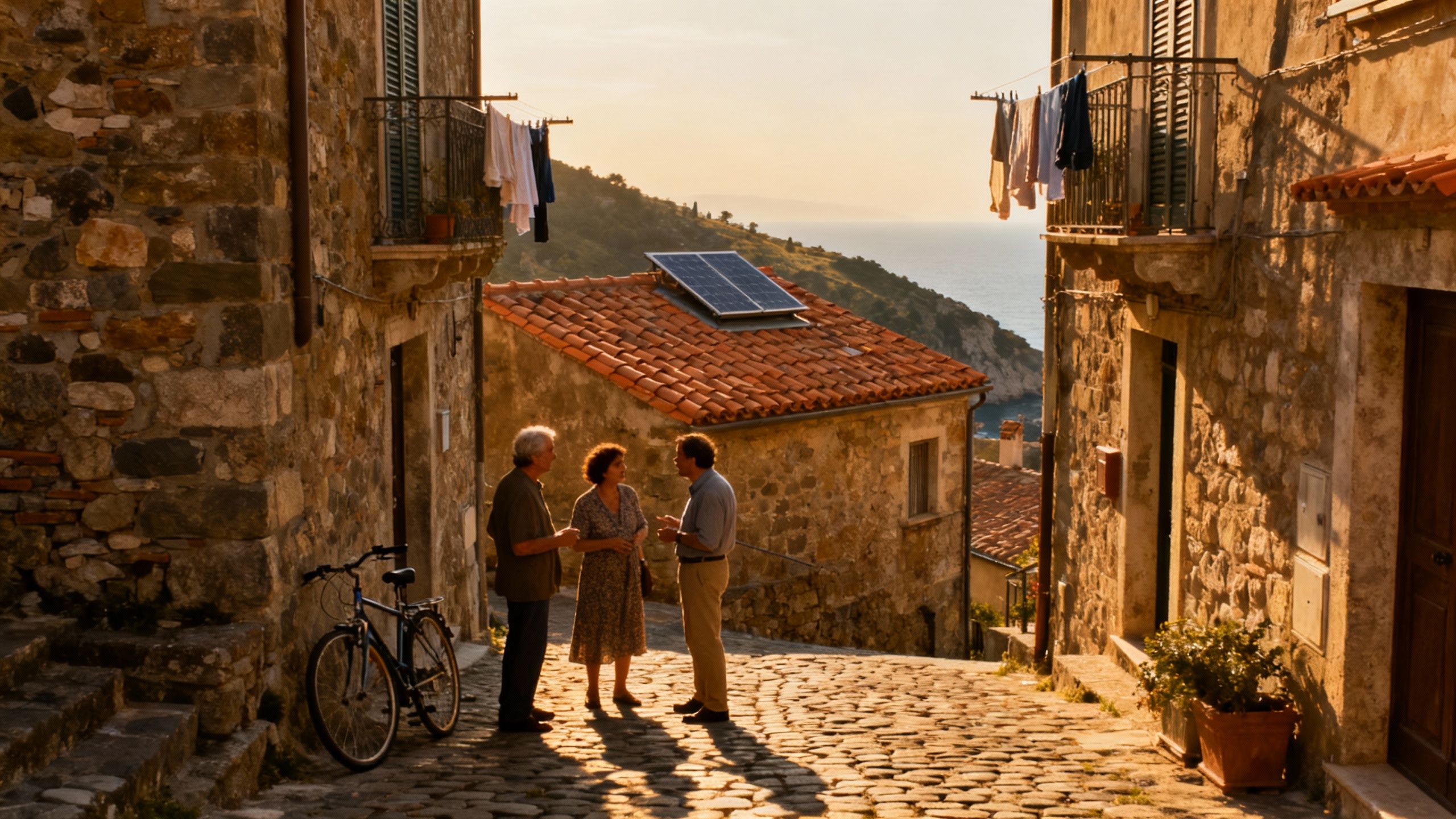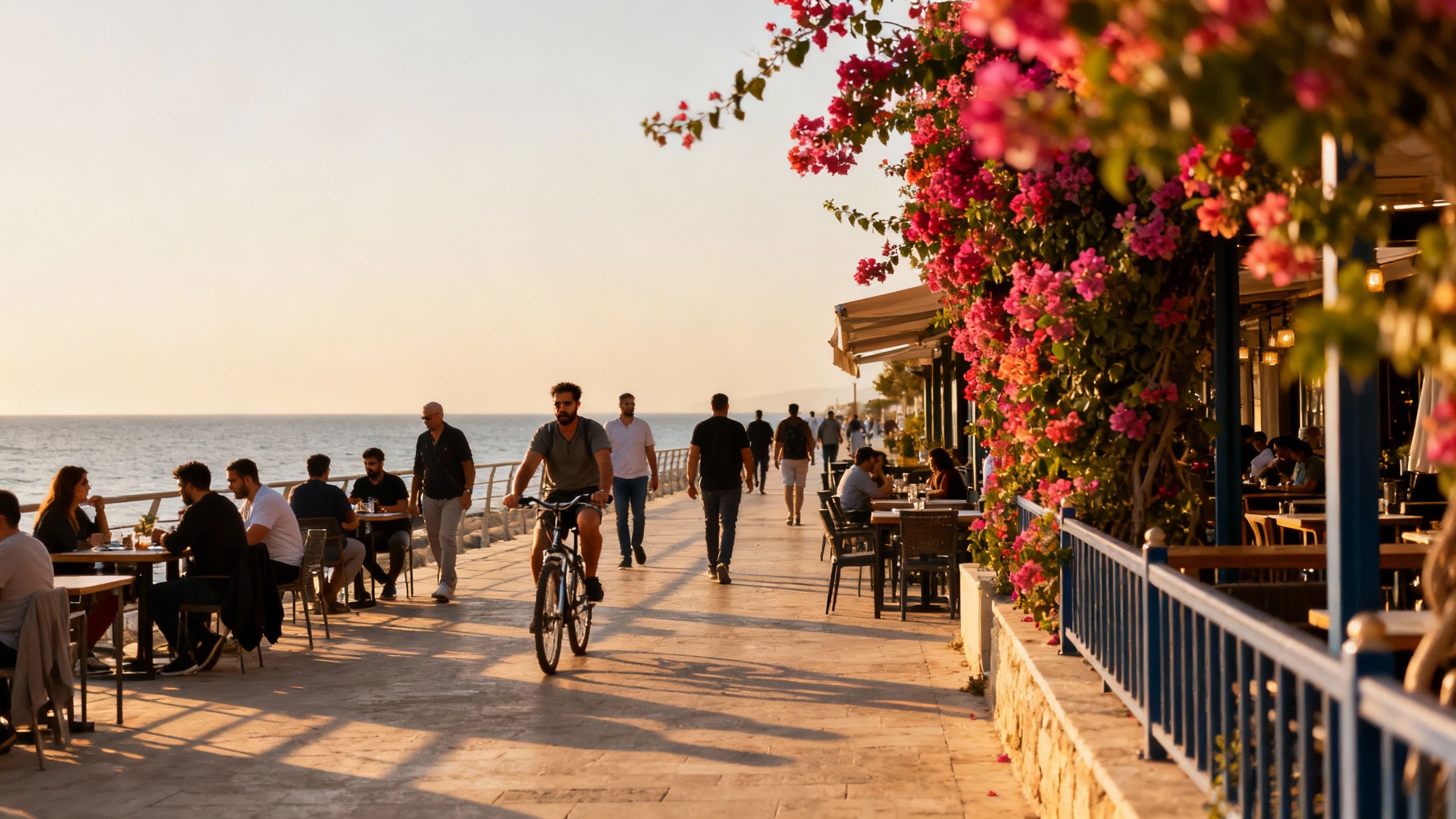Italy’s Verdant Coast: Affordable, Green & Surprisingly Within Reach
Discover Italy’s lesser-known verdant coasts — from Ligurian terraces to the Cilento coves — where green living, repairable homes and regional price variation create unexpected value.
Imagine waking to a sea-scented breeze, then cycling a coastal path through scrub pines to a morning market where the catch and the cheese share the same conversation. That small, verdant cove — a handful of fishermen’s houses, a piazza with a single fountain, a café that knows your name on sight — is the kind of Italian life that makes many of us consider a move. But if you think Italy’s coast must always mean sky-high prices and pools of tourists, you might be surprised.
Living the Italian Verdant Coastline

Italy’s coastline is a stitched map of micro-worlds: rocky Ligurian terraces, wild sand dunes of Calabria, soft limestone cliffs along parts of Puglia, and low-key fishing hamlets hidden in the folds of Tuscany’s Maremma. Each stretch is intimately connected to the land behind it — olive groves, scrub, chestnut woods — and those inland green lungs shape daily life more than most buyers expect.
Liguria’s Lived-In Elegance (Beyond Portofino)
Walk the terraces of Levanto or the narrow lanes of Tellaro and you feel Liguria’s salt-and-pine mix: cheap espresso pulled in the morning sun, fishermen mending nets, and stone houses whose shutters lean into the breeze. While Portofino and parts of the Cinque Terre command a premium, nearby pockets — from small fishing hamlets to hillside villages in the hinterland — offer access to the same light and sea at far friendlier price points, especially if you’re open to renovating a traditional home with sustainable upgrades.
Cilento & Puglia: Rugged Coast, Quiet Value
Move south and the coastline changes temperament: wider beaches in Puglia, scrub-and-limestone coves in Cilento, and a sense of space that makes outdoor living feel inevitable. These are places where a vegetable patch, a solar pergola, and a planted roof are not afterthoughts but natural extensions of everyday life — making them excellent for buyers who prize green living and community-rooted design.
- Life highlights that define Italy’s verdant coasts:
- Morning espresso at Bar Gabbiano, Levanto; market vegetables from the Cilento farmers on Saturdays; swimming from unspoiled coves at dawn; weekend drives through olive terraces to lunch in a hilltop borgo; seasonal truffle and mushroom festivals inland that tie the coast to the woods.
Making the Move: Lifestyle Meets Practical Reality

If the idea of living in a small coastal town feels right, you’ll want to balance romance with the market facts. Italy’s national house price index rose year-on-year in early 2025, yet regional variation is wide. That means timing, region choice, and property condition all matter — and local agency expertise can turn a hopeful search into an achievable purchase aligned with eco-focused goals.
Property styles that suit green coastal living
Stone townhouses, terraced cottages, and rural farmhouses each offer different trade-offs: townhouses place you in walking distance of cafés and markets; farmhouses buy land and privacy for orchards and solar; renovated attics or small villas can combine passive cooling and cross-ventilation with modern comforts. For many buyers, a modest renovation that adds insulation, solar and rainwater capture gives the best blend of authenticity and sustainability.
How local experts help preserve the lifestyle you want
- 1. Map lifestyle priorities first — proximity to market, beach access, or a sun-facing terrace — so the agent searches with your daily life in mind. 2. Ask about microclimate and building fabric early — stone walls and thick insulation change heating and cooling needs. 3. Prioritise agencies with local restoration contacts for sustainable retrofits (craftspeople who understand lime mortar, chestnut timber and passive shading). 4. Request recent energy bills and any green upgrades; these often reveal real running costs and long-term comfort. 5. Plan for phased renovations: live in a place while making eco-upgrades to spread cost and learning.
Insider Knowledge: What Expats Wish They’d Known
Expat buyers often tell a similar story: they underestimated seasonality, overestimated local services, and overlooked the deep value in nearby small towns. The surprise for many is how much community life — markets, festivals, cooperative olive pressing — fills the calendar and becomes the real reason they stay.
Cultural notes that change everyday living
Language is a bridge, not a barrier: a few phrases open doors in market stalls and repair workshops. Don’t assume shops close early everywhere — in some coastal towns summer rhythms last late into the evening, while northern areas return to quieter, more structured days. Embrace slow bureaucracy: respectful patience and the right local introductions speed things in ways a hurried email chain never will.
Long-term living: how the coast evolves with seasons and stewardship
Buying on the verdant coast is also buying into a landscape that changes through the year. Winters refill aquifers and quiet the towns; springs explode with wildflowers and market abundance. Thoughtful stewardship — planting native hedges, choosing terraces that reduce runoff, and preserving terraced stone walls — keeps the character and reduces maintenance. These are the choices that keep a property affordable and the neighborhood resilient.
- Red flags and smart checks before you bid:
- Exposed cliff plots with erosion history; properties lacking proper drainage (especially on terraces); legal status of renovations — many older conversions lack full permits; absence of local trades for sustainable retrofits; misleading energy certificate claims — request original documentation.
If you want the lifestyle — morning markets, coastal walks, a garden that feeds you — but also value sensible stewardship and fair pricing, look beyond the most photographed captions of Italy. The verdant coasts offer a quieter, greener life that can be surprisingly accessible when you pair a clear lifestyle brief with local expertise and a willingness to do thoughtful work.
- 1. Decide what the daily ritual will be (beach walk, market visit, evening aperitivo) and let that guide location choice. 2. Engage a local agency with restoration experience and ask for three recent green retrofit references. 3. Visit in two seasons to feel the year-round life and running costs. 4. Budget for phased eco-upgrades (insulation, solar, water capture) as part of your offer. 5. When you’re ready, make offers tied to specific repair/upgrade timelines to protect value and the landscape.
Picture yourself years from now: a low-energy home cooled by cross-breeze, a rooftop of potted herbs, neighbours who share figs and tools, and a coastline that still feels like it belongs to the people who live there. That is the promise of Italy’s verdant coasts — not an image frozen in a glossy brochure, but a lived, seasonal life that rewards stewardship. Start with a clear lifestyle map, lean on local green-minded experts, and let the place teach you how to live lightly and well.
British expat who traded Manchester for Mallorca in 2017. Specializes in guiding UK buyers to luxury Spanish estates with clear navigation of visas and tax.


